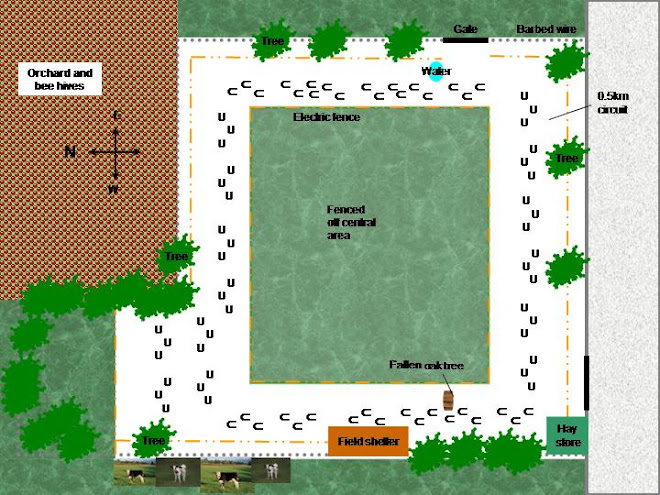 |
| 1. Very laminitic hoof - external side view note very high heel and almost horizontal hair line |
 |
| 2. Same hoof as 1. - internal side view (foot balance same) note how you can see how outer hoof wall has been heavily rasped. Note position and angle of pedal bone |
 |
| 4. Front foot of horse in 3. Again note heel height and hair line |
 |
| 5. Same horse as 3 and 4 - see how much excess height in heel |
 |
| 6. Compare with 4 note change in overall height |
 |
| 7. Compare with 3 - note change in heel height and change in angle of hair line |
The horse in pictures 3-7 had been on box rest, shod and lame for c. 9 months. His owner had done everything instructed and was finally told by her farrier to put the horse down as nothing more could be done.
So they tried one more thing - the barefoot approach. The shoes were removed, the heels brought down and the diet modified. Within two weeks the horse was sound enough to be racing around a track system.
The longer term recovery has been a learning curve for the owner as they learnt that no their horse can't eat haylage or a handful of pony nuts. But a year later and the horse is still sound and still bouncing around like a lamb and is now well enough to take a much more active role in life.
Long may this last.
I will leave you to draw your own conclusions about where the internal structures where in his hoof when the heels were so high. We can't proved anything as we don't have x-rays, but we do know that when the heels came down the horse came sound.




















































